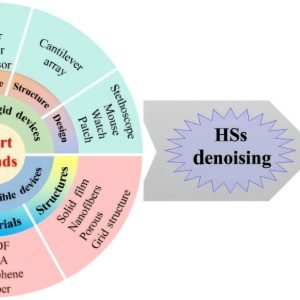
- Der-Jr Huang, dermatology resident1,
- Yi-Hsien Shih, chief of department of dermatology2
- 1Department of Dermatology, Taipei Medical University Shuang Ho Hospital, New Taipei City, Taiwan
- 2Department of Dermatology, School of Medicine, College of Medicine, Taipei Medical University, Taipei, Taiwan
- Correspondence to: Y-H Shih yh.shih{at}tmu.edu.tw
A man in his 40s presented to the dermatology outpatient department with a two month history of a painful black, gangrenous tip to his left middle finger, which initially had been dry but progressed to a serous discharge (fig 1). The patient reported a one month history of erythema, along with pain and mild numbness, of the finger tip before the gangrene had developed. No other fingers, or toes, were involved. The patient did not report any systemic disease or history of trauma. He was a current smoker with a 20 pack year history.
Gangrene on tip of finger
Key findings on examination included normal brachial pulses but reduced radial and ulnar pulses. Laboratory data showed normal coagulation and autoimmune profiles, with no evidence of cryoglobulinaemia or antiphospholipid syndrome. Duplex ultrasonography indicated patent artery flow without signs of proximal atherosclerotic disease. Angiography showed gradual tapering of the left ulnar artery with an abrupt termination at a distal branch of the left profunda brachii artery, along with decreased arterial flow and poor perfusion in the affected finger.







